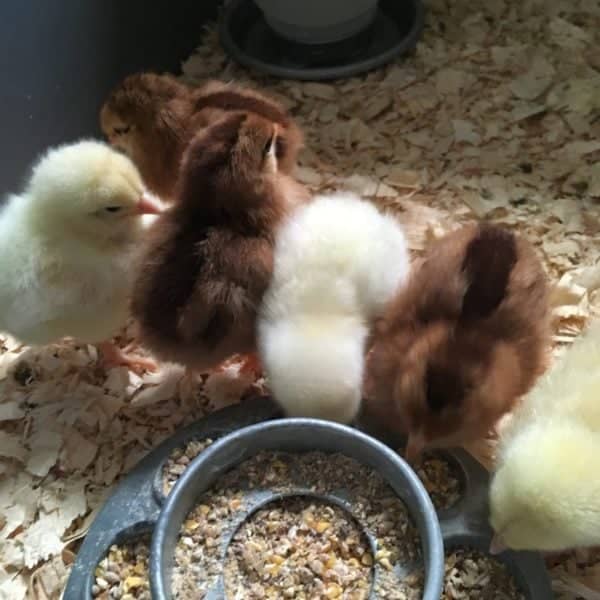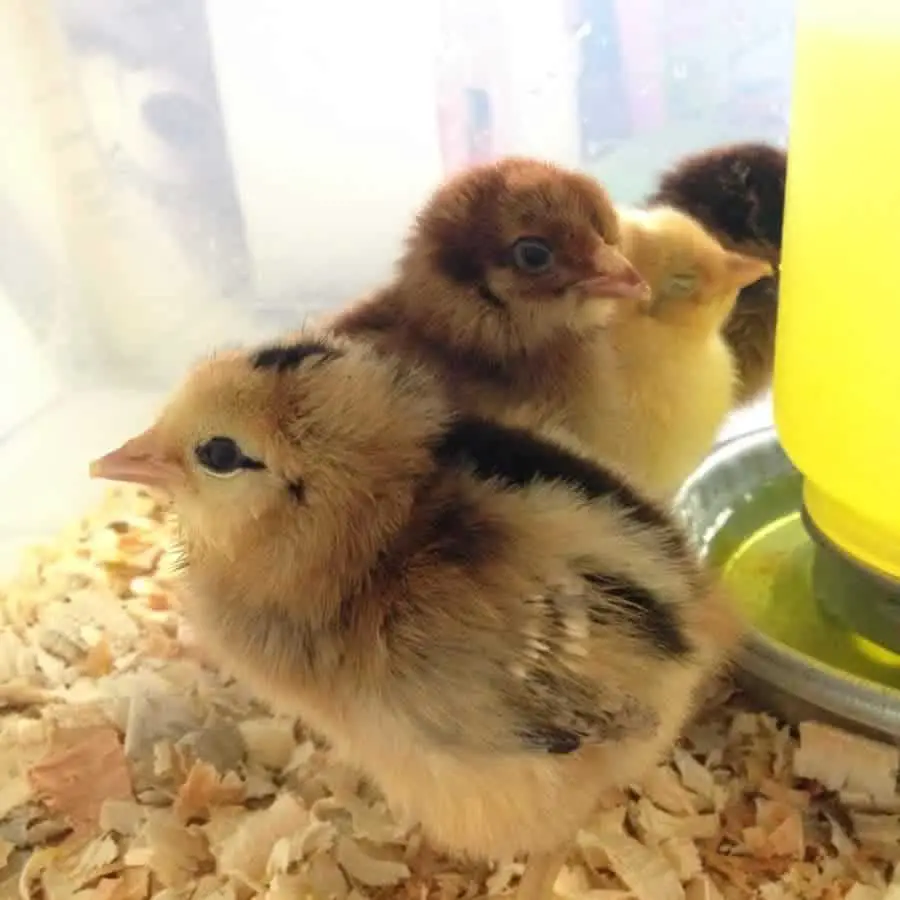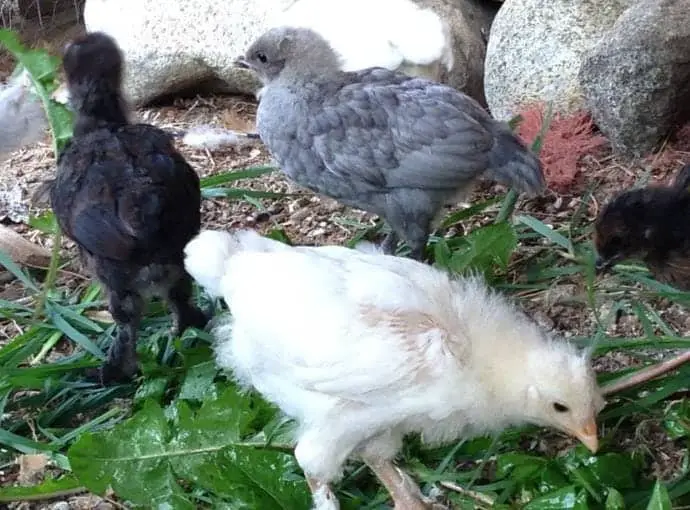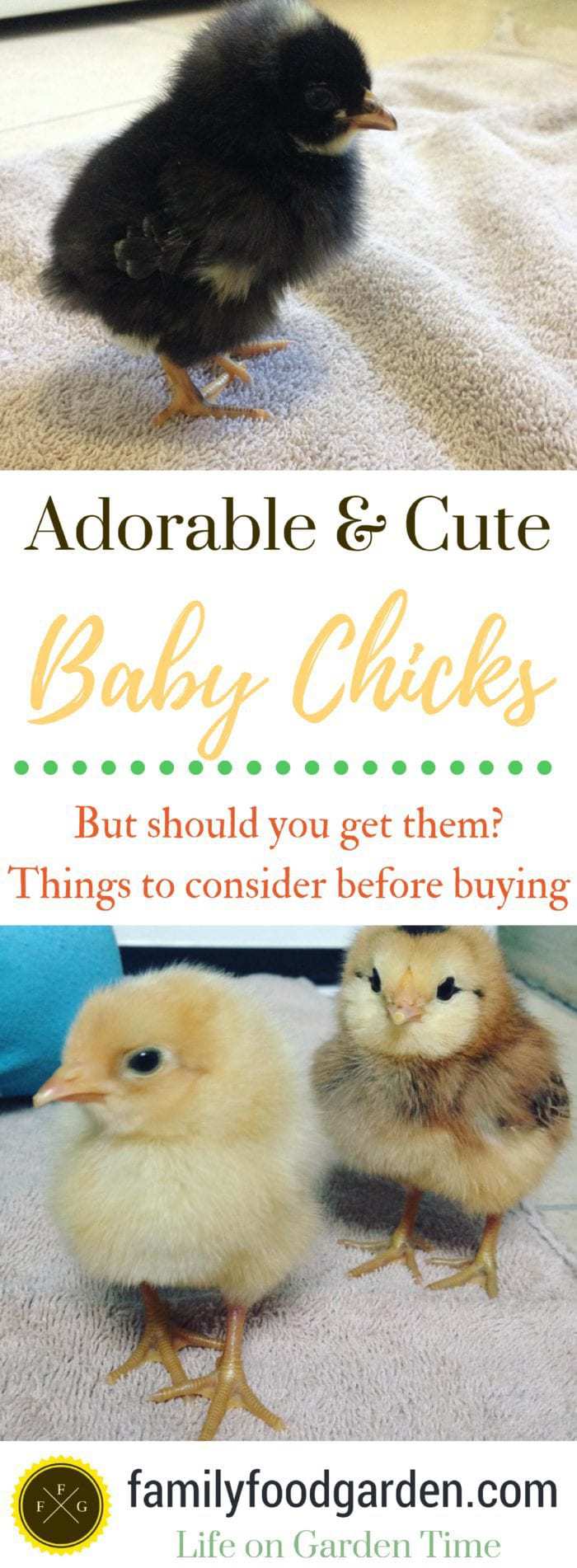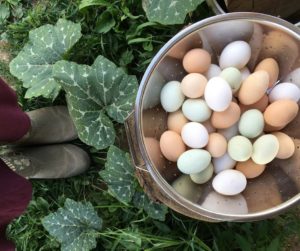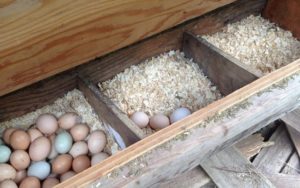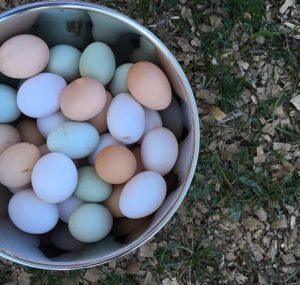Baby chicks are super adorable and everyone thinks of spring with their cuteness.
Whether you’re an urban homesteader, living on a piece of land, or would like a pet chicken, many people consider getting baby chicks.
Before you dive in to cuddle a baby chick and take one home, there are some things to consider first.
This post will cover:
- Can you legally have baby chicks in your area?
- Where to buy baby chicks
- Supplies for baby chicks
- Keeping baby chicks safe
- Building a chicken coop
- Mixing your new and old hens
Can you legally have baby chicks in your area?
The number one thing to think about before getting a chick is can you actually own them where you live. While there are many urban places that allow chickens, many don’t. The areas that do allow chickens may or may not allow roosters, and sometimes when you buy a chick they are sexed, other times they are not. You’ll need to look up your local regulations to find out the requirements of your area before you buy chicks.
Where to Buy Baby Chicks
Google ‘buy baby chicks’ and you’ll end with hatcheries that will ship them to your home. Although it’s definitely an option and you get the benefits of choosing the breeds you want, the chicks also do have to go through the postal service.
I’ve ordered chicks at a local store before, and they got delayed in transportation. By the time they arrived, they were super hungry and stressed, not to mention cold because it was spring and they didn’t have a heat lamp. After having this bad experience, I highly recommend you look for a local hatchery before ordering online. You can look up that info online, in your local newspaper or Facebook buy and sell groups (as most locations will have a local farm or homesteading group).
Different hatcheries will have different standards with how they treat & ship chicks.
If you want sexed chicks, as most people want chickens for egg laying more than roosters, then you’ll need to find out if they offer that (many will have an 85% guarantee for example). If you do end up having to order online (because not everyone has the option to buy locally) research the hatcheries and try and find information or reviews about them. Be wary of free chicks, sometimes they work out, other times you end up with all roosters when you wanted hens! You can also find baby chicks that lay blue eggs when they’re older for some variation and color. Our kids really love the blue eggs.
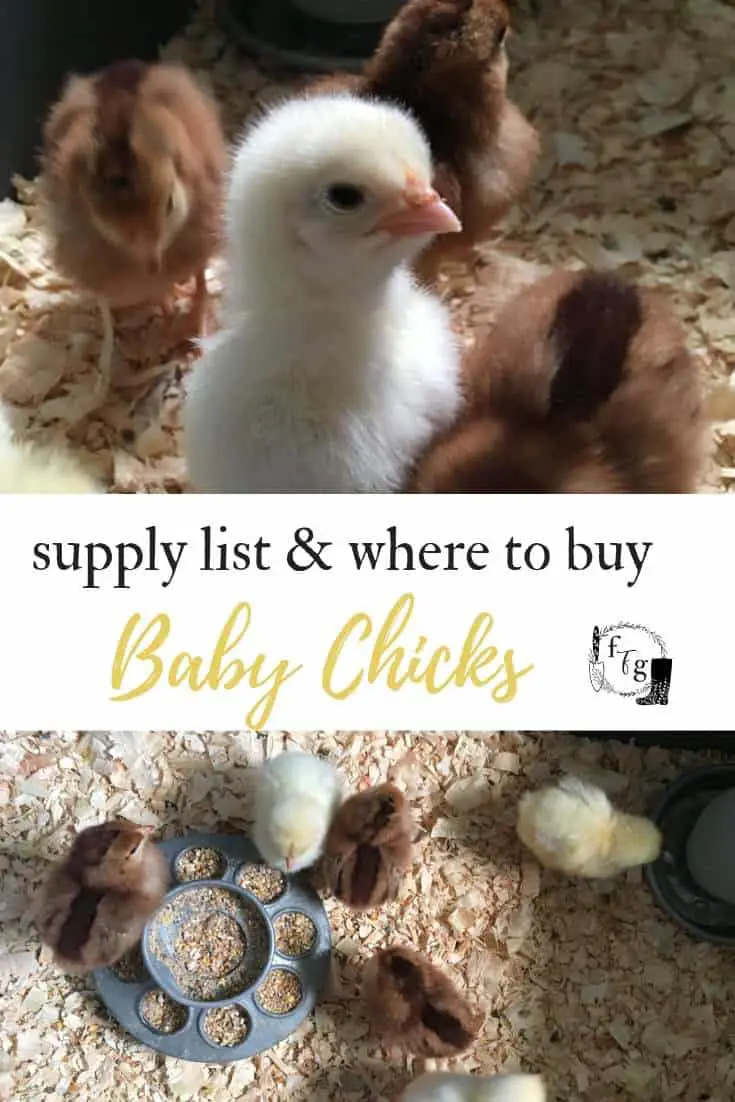
Taking Care of Baby Chicks
Once you know that you can have chicks in your area and you know where to buy them from, you’ll need to have some basic supplies. Chicks need to be kept safe, away from children, pets and they need to be kept warm.
Baby Chicks Supplies:
- A heat lamp. This is used to keep the baby chicks warm and slowly raised over time to let the chicks while their feathers grow in.
- A chicken brooder or safe place to be. Remember you can use any container so long as they have air, bedding, food and water. They’ll start to jump out quickly so you’ll need to make sure the top is covered. You’ll also need to make sure your house pets are kept away or kids from getting to your brooder.
- Chick starter feed and water. You’ll also need a water dish and feeder that are safe. This is especially true for water as it’s easy for chicks to fall into an open water dish and drown.
- Optional– medicated food or vitamin mix for water.
- Bedding. We used wood shavings as we heard straw can be too slippery for little chicks legs, but I do know other people that use straw.
Keeping Chicks Safe
Baby chicks need to be kept safe, this is especially true if you have little kids or cats and dogs in the house. Once the chicks have their feathers or the weather is warm enough outside, you’ll need to make sure they’re in a predator free area. If you have older chickens already, you’ll also need to make sure your chicks are separated and safe until the older chickens can adapt to the new members of the flock.
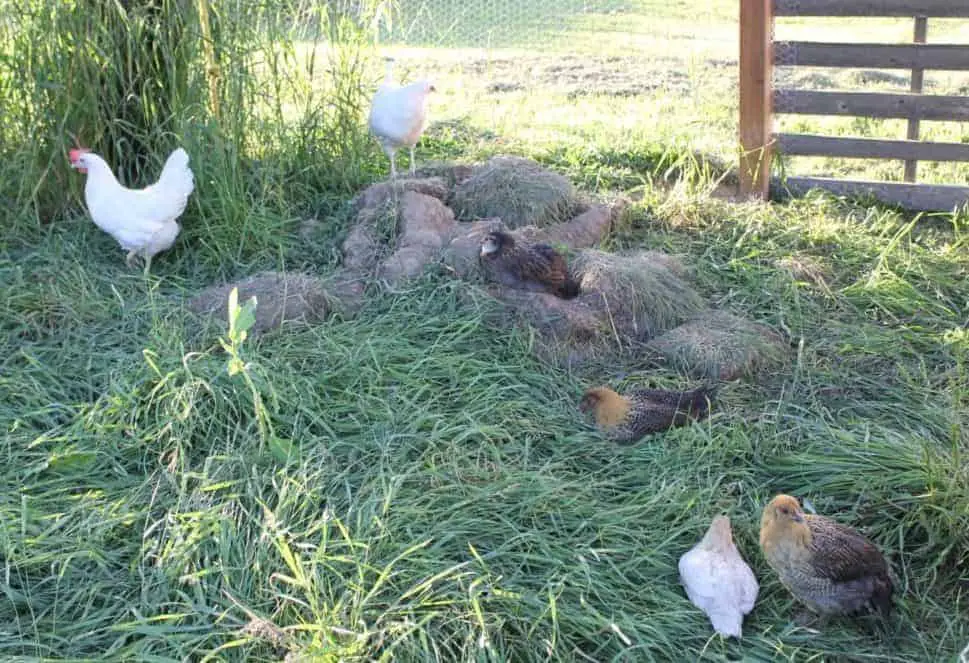
Chicken Coops
Baby chicks are super cute, but they grow up surprisingly fast! It won’t be long before you’ll need a chicken coop outside to keep them.
The size of your coop will depend on how many chickens you want to keep or will keep in the future. It will also depend on the size you’re allowed to have depending on where you live. Luckily there are plenty of different chicken coop plans that’ll fit your needs.
If you need a temporary solution, a chicken tractor might work. We build a cedar shake chicken coop which has a chicken run around our garden.
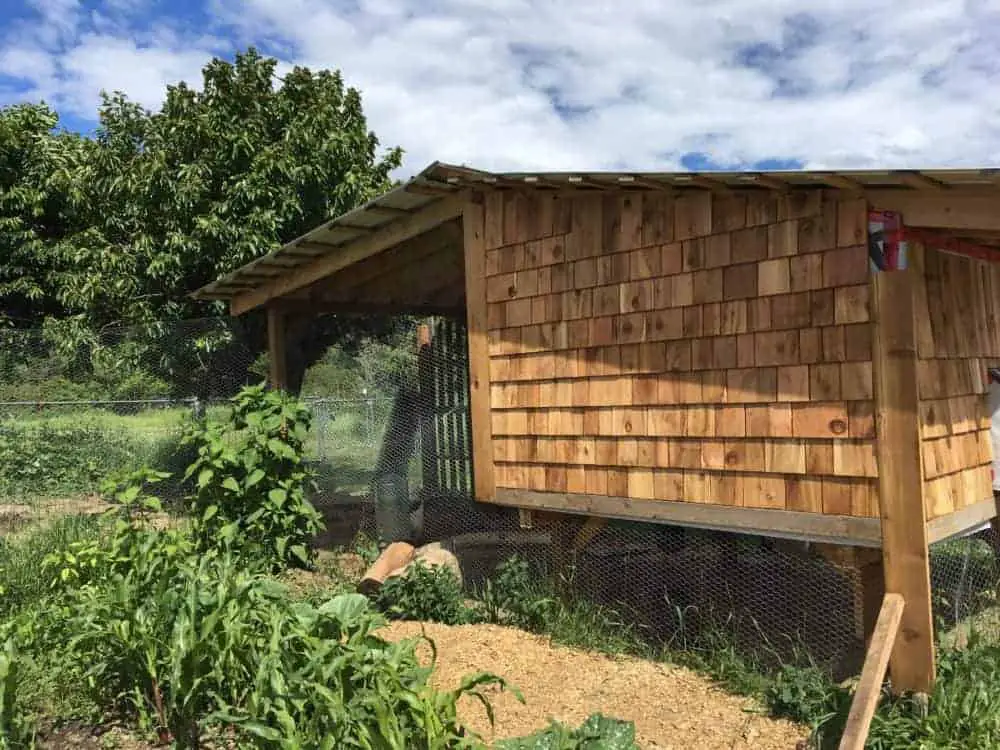
If you have other chickens you need to transition them with the flock.
This takes time and patience. If you mix in your baby chicks without a transition period, your older hens or rooster will likely attack the chicks. This can result in a hurt or dead chick unfortunately. You also need to make sure it’s warm enough and your chicks are old enough before transitioning outside. You’ll want to make sure the chicks and older flock member can see each other easily but can’t access each other. After about 1-2 weeks you can usually leave them to mix together. Always keep a watching eye on this process.
There will be a natural pecking order, especially depending on the chicken breed.
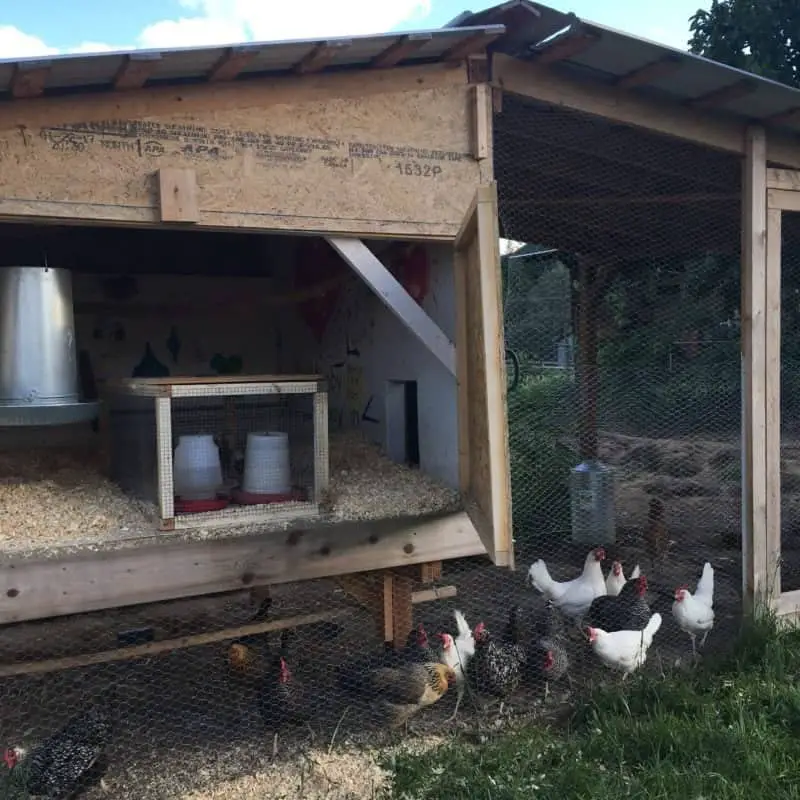
As you can see, caring for baby chicks is something to think about before you dive in!

